Protect the oceans
The oceans are in crisis, but together we have the power to save them, and the wildlife that calls them home.

South Pacific seamounts expedition
We’re embarking on an exciting journey to uncover the secrets of the deep. Follow along and find out what’s at stake.

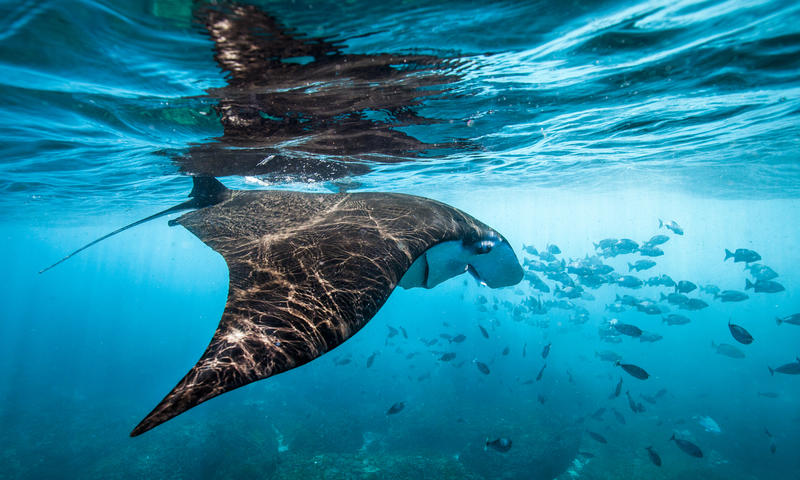
The oceans are in crisis
The oceans cover over 70% of the world’s surface. They provide food, sink carbon and are home to over half of all life on this planet.
But these great, blue expanses are being emptied of life and filled with trash thanks to human activity.
To protect all sea life, we must challenge industrial fisheries and stop destructive practices like seabed mining. By creating ocean sanctuaries, we can let marine wildlife recover and replenish.
But there’s hope. It’s not too late. We can still rebuild our great blue planet, together.
A Global Oceans Treaty
In March 2023, history was made when governments agreed on a Global Oceans Treaty at the United Nations. This agreement puts in place the possibility of worldwide protection through the creation of global ocean sanctuaries.
The goal is to protect 30% of the world’s oceans by 2030. This is what scientists say is needed to avoid the worst of the climate and biodiversity crisis.
Now the structure is in place, the next step is identifying and creating these global ocean sanctuaries.
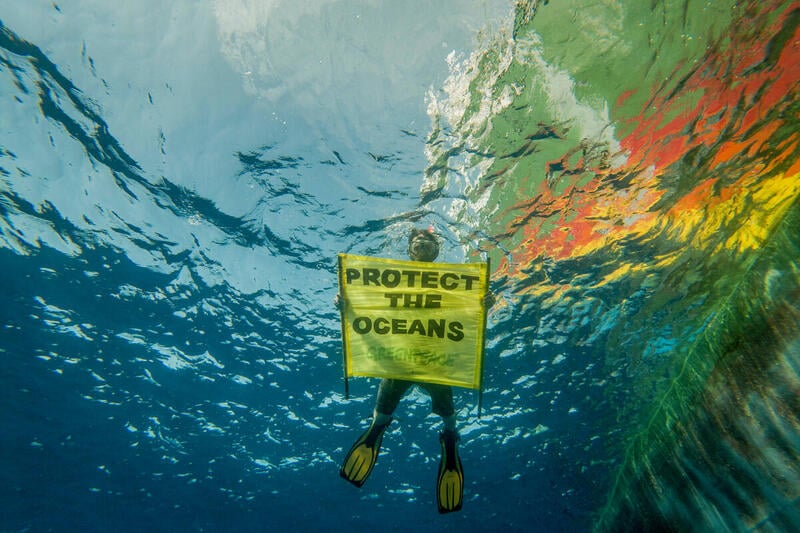
Seabed mining – a new threat to the oceans
Seabed mining, or deep sea mining, is the newest threat that the oceans face. It involves digging up the sea floor to extract valuable metals.
It’s an extremely destructive form of mining that would damage marine ecosystems beyond repair.
But in New Zealand, seabed mining could start in the South Taranaki Bight thanks to the Fast-Track Bill. This would put rare and endangered animals at risk – such as pygmy blue whales, Māui dolphins, Hector’s dolphins and kororā.
With your help, we can stop seabed mining before it starts. Sign our petition today!
Ban bottom trawling
Bottom trawling is a method of fishing that involves dragging heavy weighted nets across the sea floor. It’s highly destructive as it catches and damages everything in its path – including coral, turtles and many juvenile fish.
In New Zealand, bottom trawling is still permitted. In fact, New Zealand is the only country still trawling in the South Pacific high seas.
Greenpeace is campaigning to ban bottom trawling, particularly in key marine areas, like on seamounts and the Hauraki Gulf.
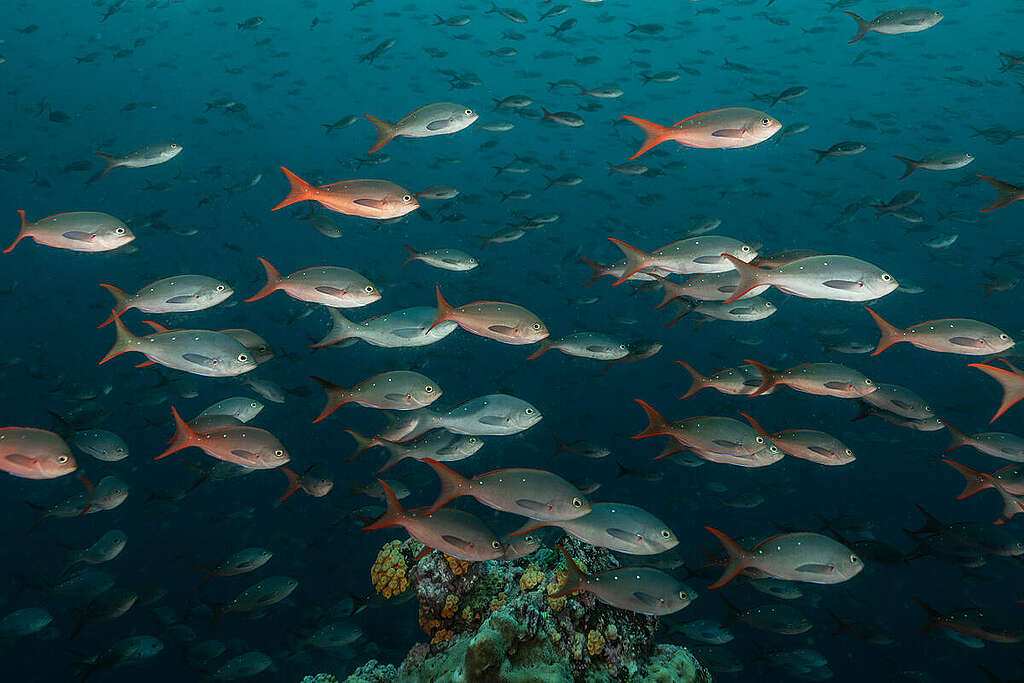
Discover more about the oceans, marine wildlife and the threats faced
-
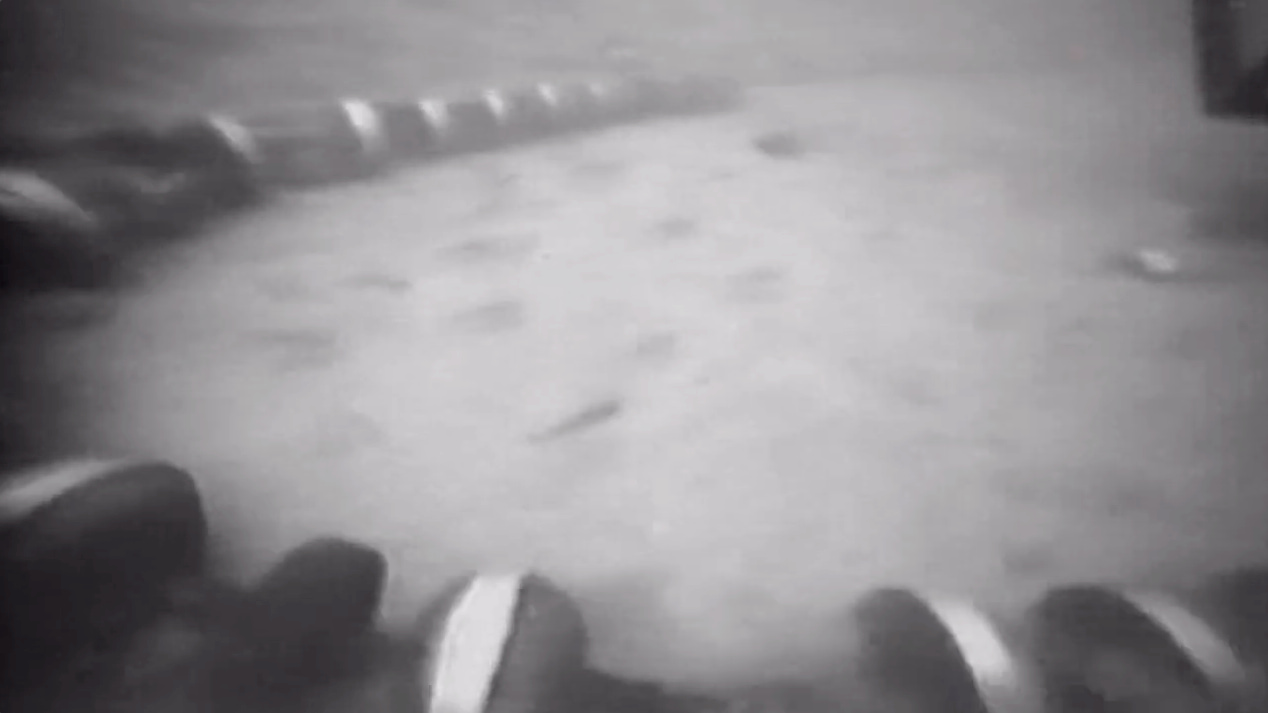
What is bottom trawling, and why is it bad for the environment?
Bottom trawling is a method of fishing that involves dragging heavy, weighted nets across the sea floor to catch fish. It’s a method favoured by commercial fishing companies because it can catch large quantities but it is incredibly damaging to the seafloor and indiscriminate in the way it kills.
-
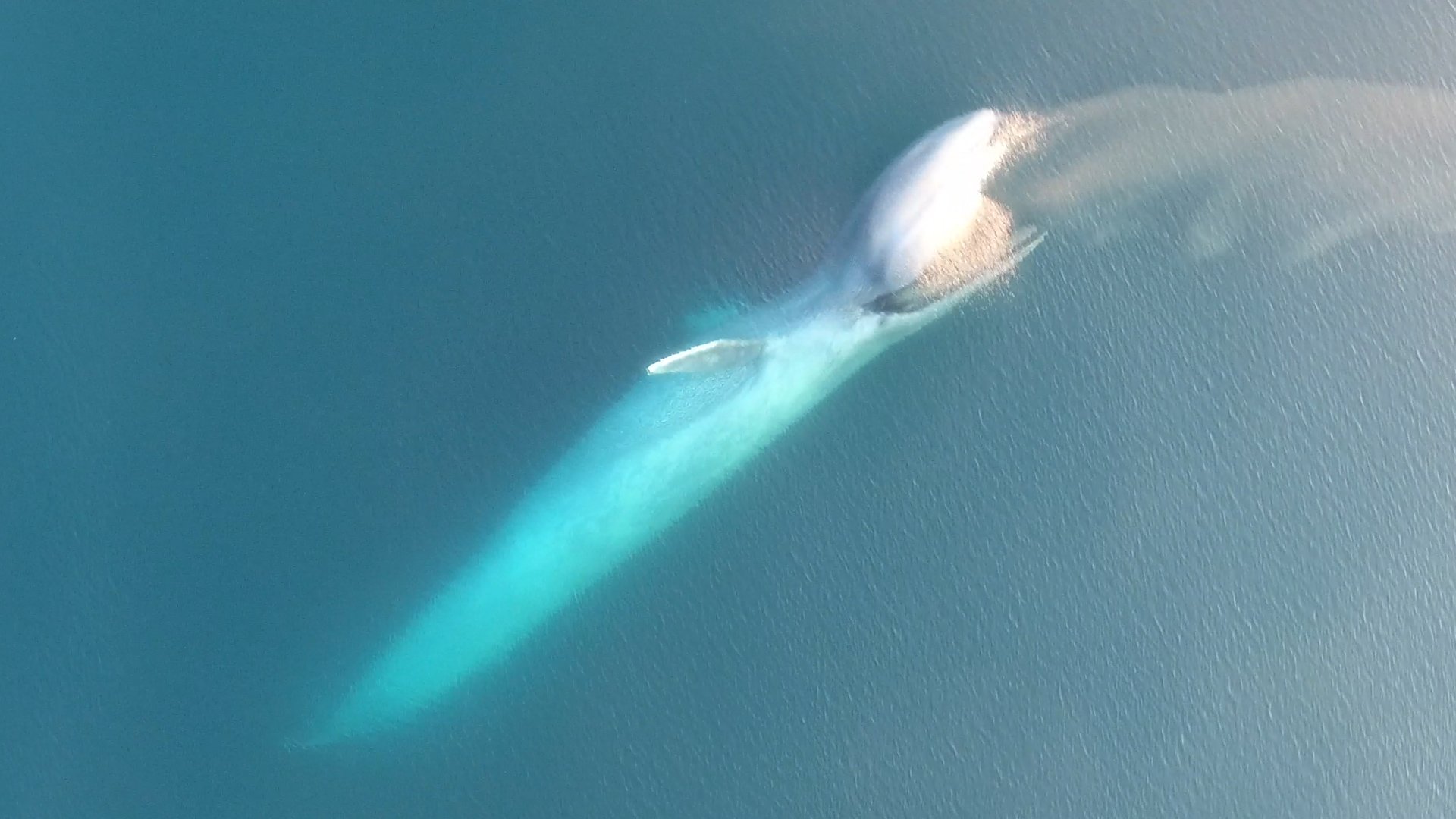
What is seabed mining, and how does it threaten the ocean?
Seabed mining is a destructive mining practice that involves dredging up the seabed for precious metals. It’s an immediate threat in Aotearoa.
-

5 reasons why we need global ocean sanctuaries
The world’s oceans face extreme and growing threats from human activity, from pollution to overfishing and climate change.
-
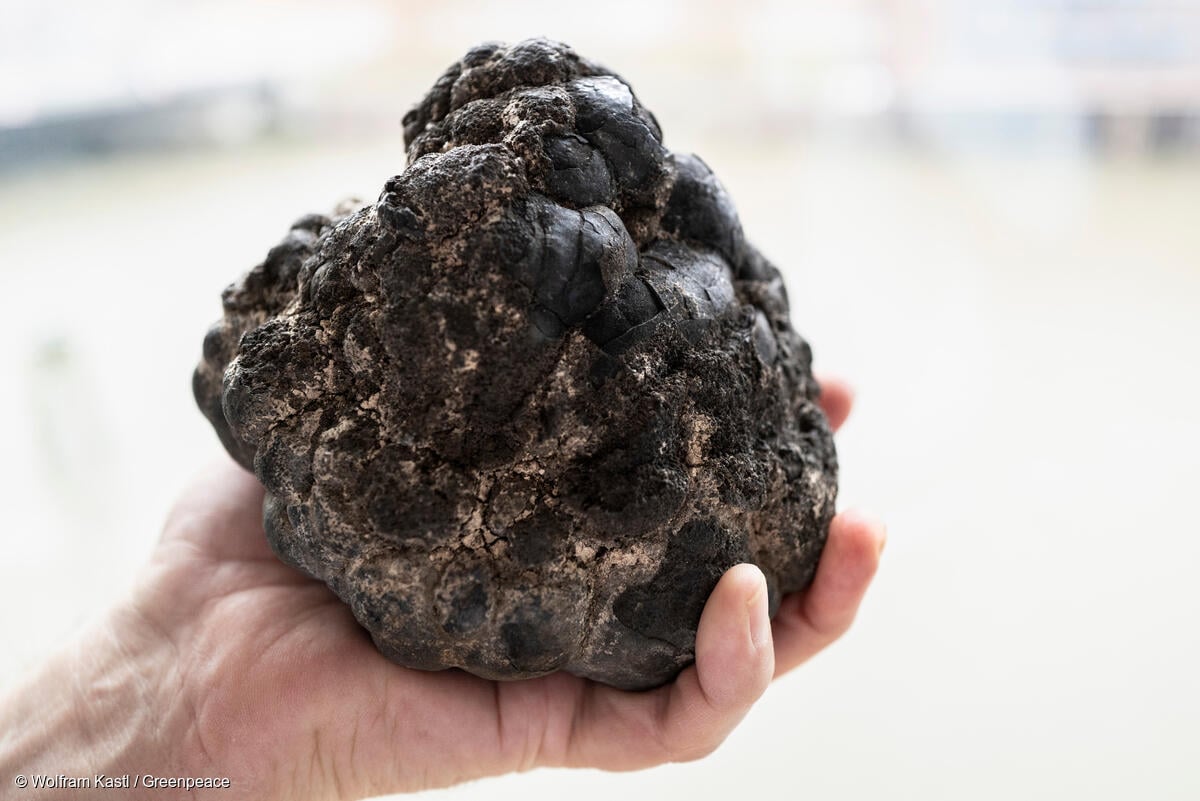
Dark oxygen discovered in the deep sea spells trouble for seabed mining industry
Scientists have found a source of ‘dark oxygen’ 4,000 meters below the surface of the Pacific in the target zone for deep sea mining. The discovery could have far-reaching implications for science and the wannabe deep sea mining industry.
-
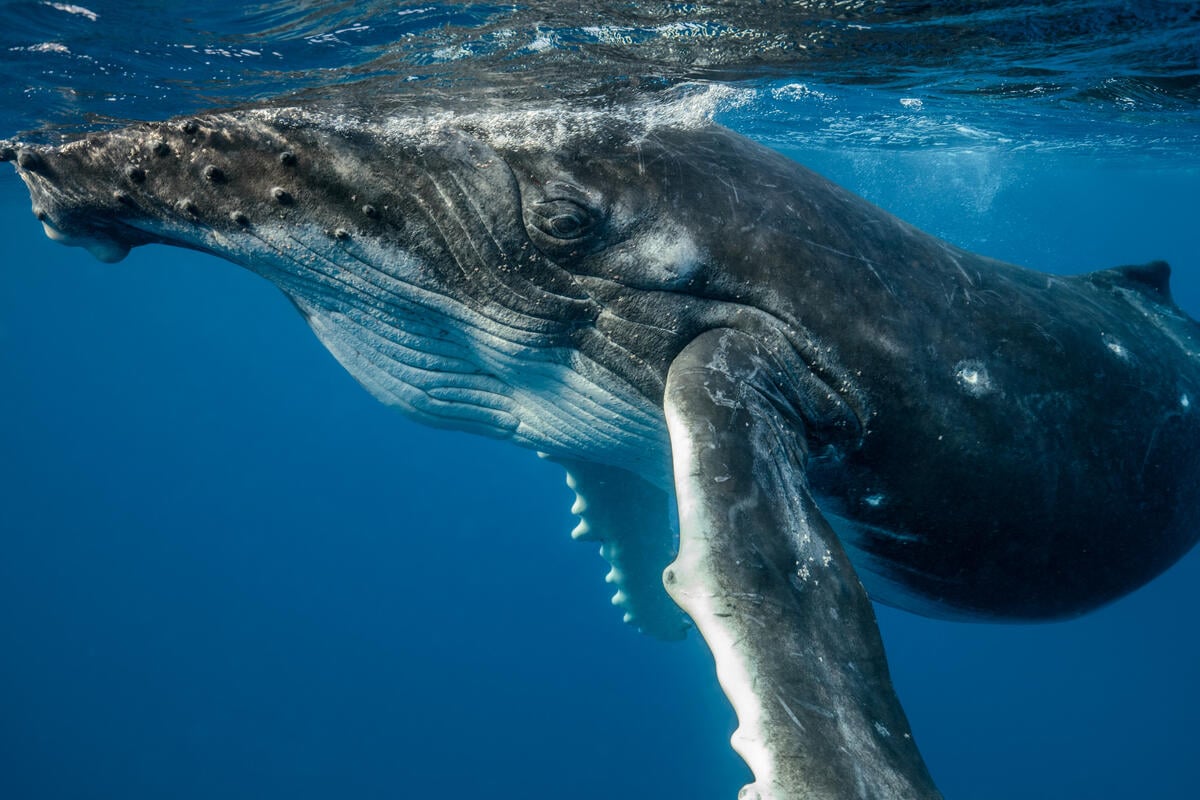
What if whales took us to court? A move to grant them legal personhood would include the right to sue
In a groundbreaking declaration earlier this month, Indigenous leaders of New Zealand and the Cook Islands signed a treaty, He Whakaputanga Moana, to recognise whales as legal persons.
-
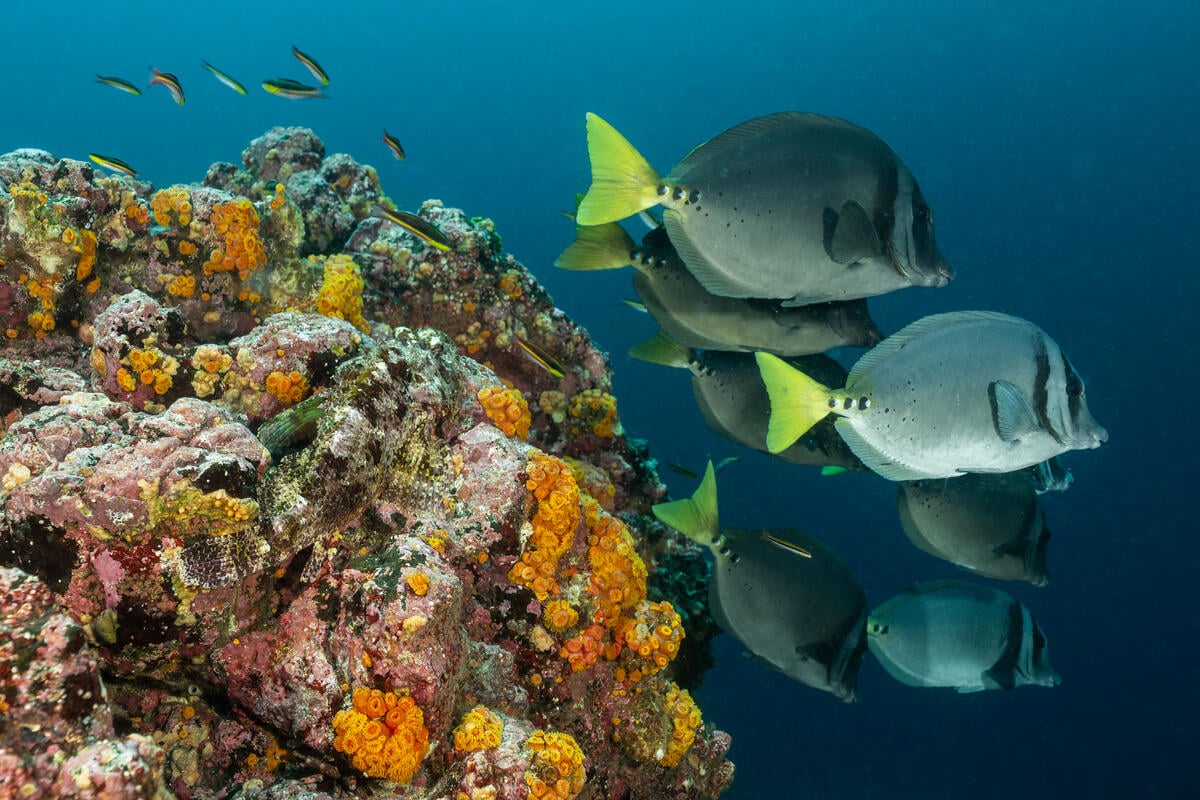
Marine protected areas safeguard more than ecology – they bring economic benefits to fisheries and tourism
Marine Protected Areas (MPAs) have been used as a conservation measure for decades, but critics continue to argue that evidence of their economic benefits is weak, particularly with regard to…
-
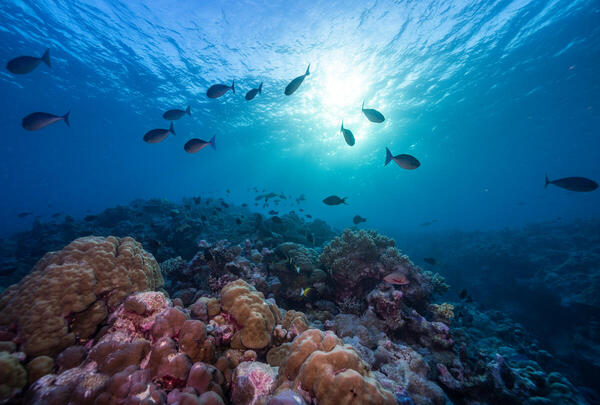
We won a Global Ocean Treaty – but what happens next?
Earlier this year, world leaders adopted the first ever Global Ocean Treaty, heeding the calls of 5.5 million people from across the world who joined together to demand action to protect the oceans.
-
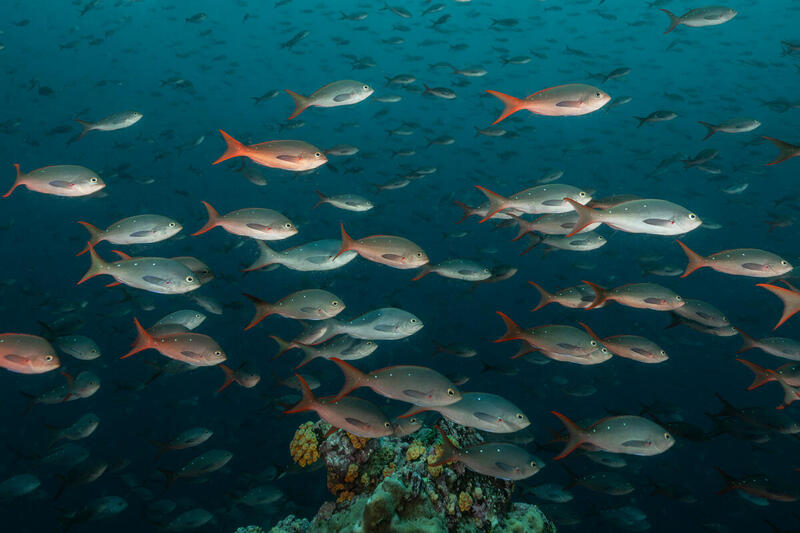
Galápagos – the best example of marine protection in action
The first stop on our brand new ship tour is the Galápagos Marine Reserve to showcase one of the best examples of ocean protection in action.
-

8 ways that stopping overfishing will promote biodiversity and help address climate change
Amid the escalating threats of a warming world, and with the latest annual United Nations global climate conference (COP28) behind us, there is one critical message that’s often left out…
-
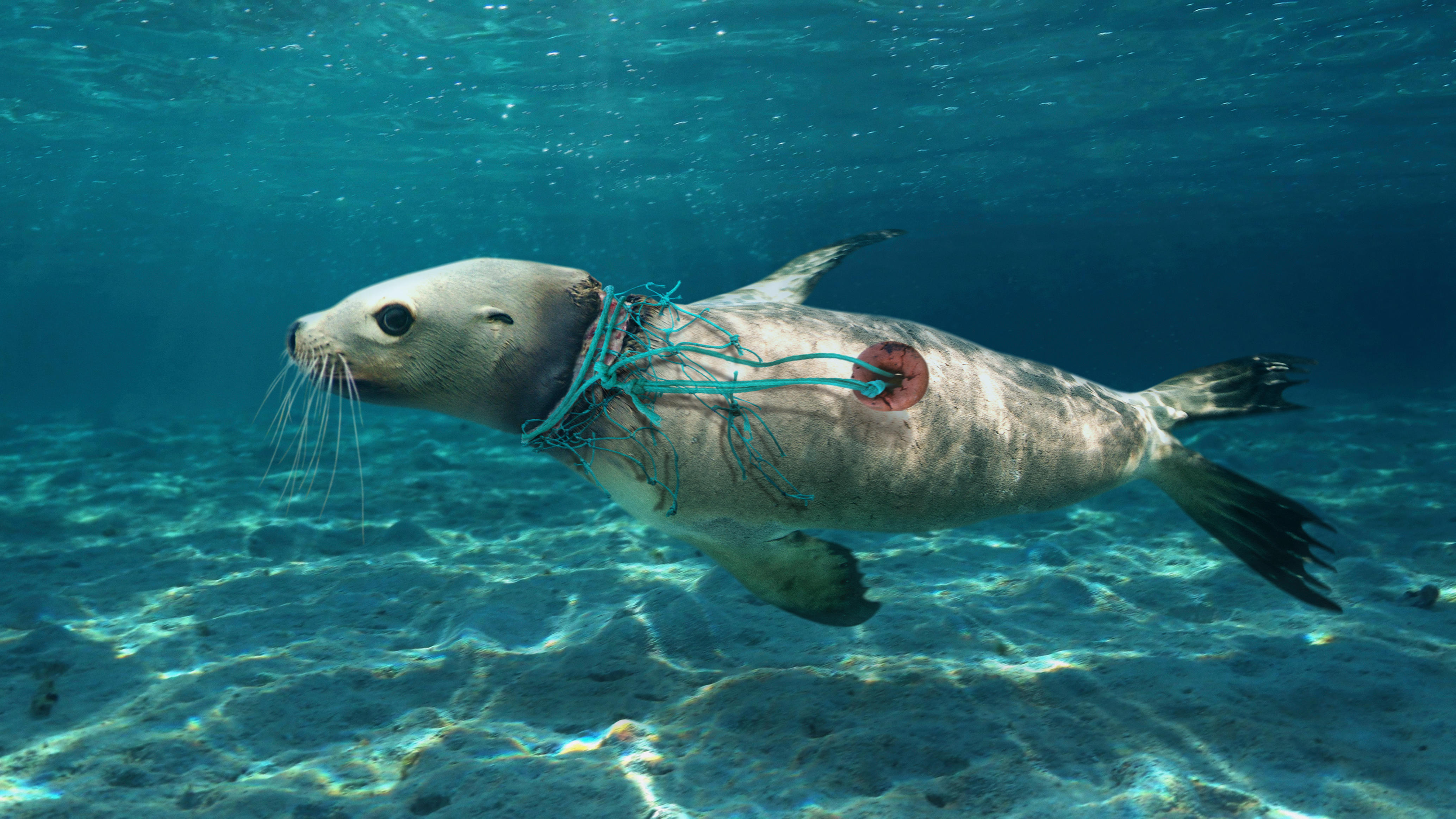
Ghost fishing gear is suffocating ocean life
What is ghost fishing gear? And why is it such a big problem for our oceans?
-

What are seamounts?
There are enormous mountains under the sea. And these mountains are covered in unique and diverse lifeforms. Here are five things you need to know about seamounts – the mountains of the ocean.

The oceans need your help
Greenpeace works to protect all the amazing marine life that call the ocean home. Support our work through a regular donation or a one-off gift.
